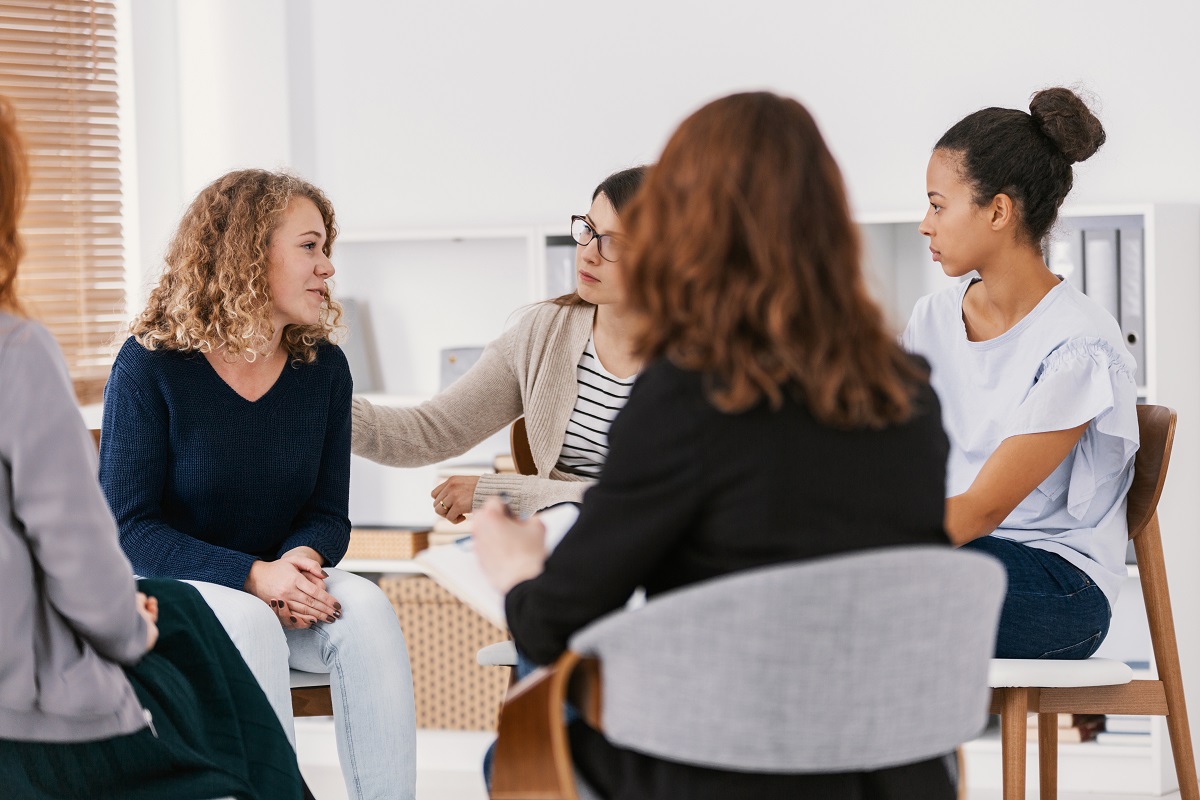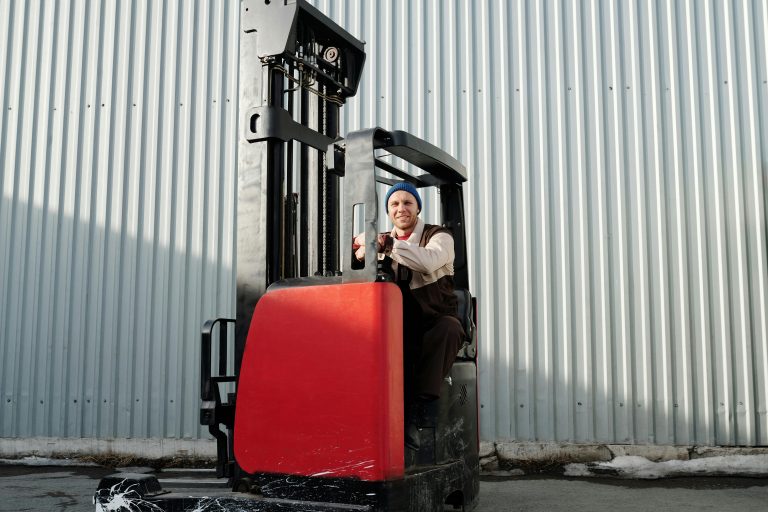- Domestic violence affects numerous women, extending beyond physical harm to severe emotional and psychological tolls.
- Women can utilize legal protections like restraining orders and protective orders to safeguard against domestic abuse.
- Support services, including legal aid and support organizations, offer counseling, advice, and emergency shelter.
- Reporting abuse and building a support network are significant steps to escape domestic violence and rebuild lives.
- Financial independence and asset protection are crucial to establishing and maintaining viable lives post-abuse.
Domestic violence is a prevalent and pervasive issue that affects numerous women daily. Its impact extends far beyond the physical realm, often leaving lasting scars that endure throughout a lifetime. Despite the severity of this problem, many women remain unaware of their legal rights and the available resources that can assist.
In countless instances, women are trapped in abusive relationships where their physical and emotional well-being is compromised. The widespread nature of domestic violence highlights the urgent need for awareness and action.
Understanding the gravity of the situation and its profound effect on countless women’s lives is crucial. Beyond the immediate physical harm, domestic violence’s emotional and psychological toll can be devastating. Survivors often experience fear, anxiety, and low self-esteem, hindering their ability to escape abusive situations.
This blog post will discuss the legal avenues women can take to escape and address domestic violence.
Understanding Domestic Violence
Without a good understanding of the causes and mechanics of domestic violence, it can be challenging for women to protect themselves. Here are some critical things to keep in mind:
Recognizing the Forms of Domestic Violence
To address domestic violence, it’s crucial to recognize its various forms. While physical abuse is easily visible, it can include emotional or psychological abuse like gaslighting, threats, intimidation, and financial abuse. All types of domestic violence are harmful, and women should know their legal rights to address each form of abuse.
The Cycle of Abuse
Understanding the cycle of abuse is crucial for women. It involves a pattern of increasing tension and explosive violence, followed by apologies and promises to change. This cycle can make it difficult for women to leave. Victims should be supported to break free from abuse.
The Importance of Seeking Help

Despite the seriousness of the problem, support is available. Women should understand the importance of seeking help from support organizations.
These organizations offer counseling, legal advice, financial assistance, and emergency shelter. It’s the first step towards recognition, support, and solutions for domestic violence.
Legal Protections and Resources
Women have several legal protections and resources available to fight against domestic violence. These protections provide avenues for obtaining restraining orders and seeking legal remedies.
The following can be used as a guide for understanding the legal protections and resources available to women:
Restraining Orders and Protection Orders
One of the most common and widely known resources is a restraining order or order of protection. A court can grant these orders and prohibit the abuser from being in contact with, harassing, or threatening the victim.
Such charges also add legal weight to the victim’s claims and provide the victim with some peace of mind and physical safety.
Supportive Legal Services
In addition to restraining orders and protection orders, other legal services are available, including pro bono or low-cost legal aid.
Moreover, many domestic violence shelter organizations have legal services to help file paperwork, obtain custody or divorce, and secure restraining orders. Women must be aware of these resources and seek them out when needed.
Child Custody and Family Court

Child custody is a significant concern resulting from domestic violence. The court must consider domestic violence when determining the child’s best interests. Women who have experienced domestic violence can obtain supervised visitation, no-contact orders, or other protective measures during custody battles.
Taking Action and Rebuilding
In addition to seeking legal assistance, women can take several other necessary steps to break free from abusive relationships and rebuild their lives. This includes the following key actions:
Reporting Domestic Violence
One of the women’s most significant steps is to report the abuse to the police. Doing so can lead to the arrest of the abuser, the beginning of a restraining order process, and the provision of support services. It can also lead to prosecution of the abuser in some cases.
Doing this as early as possible is essential since domestic violence can escalate and lead to physical harm.
Building a Support Network
Forming support groups or networks can also be an instrumental measure in escaping domestic violence. This includes friends, professionals, social workers, and others who can provide emotional support and practical assistance.
Divorce and Legal Separation
In cases where the abusive relationship has become unbearable, women opt for divorce or legal separation. It is crucial to seek assistance from a highly skilled divorce attorney during a challenging divorce.
They can provide the necessary guidance and support to navigate the complexities of the legal process, ensuring your rights and interests are protected.
This option offers several legally binding and long-term solutions, including the provision of alimony, asset distribution, and the prevention of further attacks by the abuser.
Financial Independence and Asset Protection
Finally, women must be financially independent, enabling them to establish and maintain viable lives after leaving an abusive relationship. This includes creating a budget securing their assets, like bank accounts and support of all kinds, including jewelry and investment accounts.

Domestic violence is a complex problem requiring sensitivity and understanding. However, there are solutions through legal recourse, reporting violence, and establishing support networks.
Women in abusive relationships must know their options and available support to combat violence and heal.





